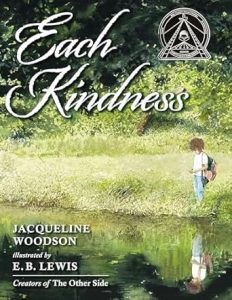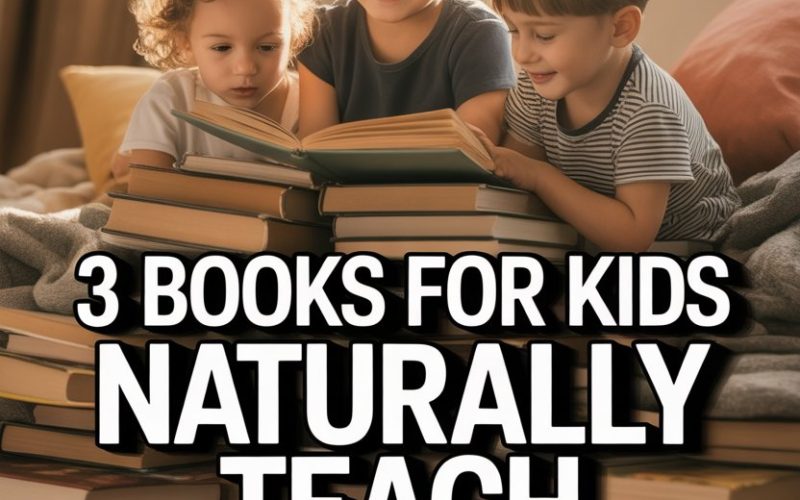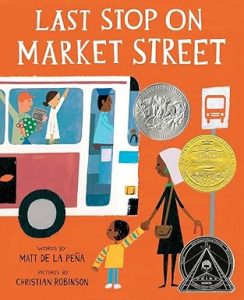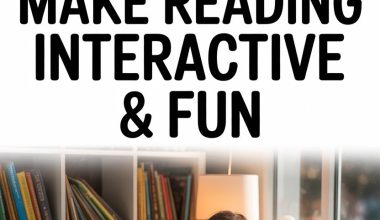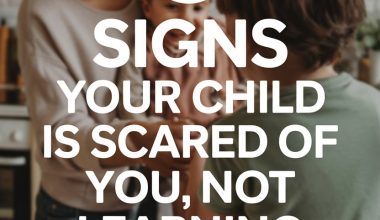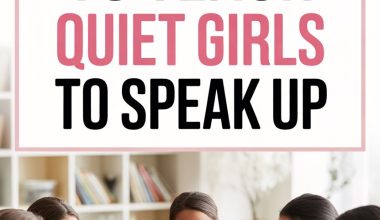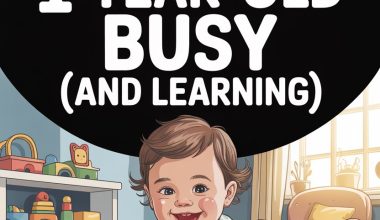Raising compassionate kids sounds lovely in theory, right up there with kids who voluntarily wipe their own noses.
But between getting shoes on the correct feet and negotiating vegetable quotas, it can feel as if teaching anything “big” like empathy is a wish on a shooting star.
Good news: some wonderful books can do a lot of the heavy lifting. Settle in for a few minutes—probably while someone’s refusing to brush their teeth—and discover three stories that hand your child the heart skills on a silver platter (or at least between two covers).
1. The Rabbit Listened by Cori Doerrfeld
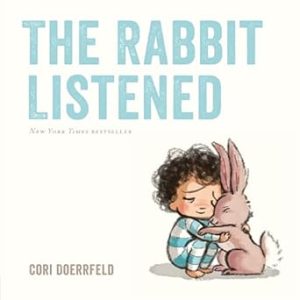
Toddlers and young school-agers are miniature emotional tornadoes. They knock over towers, lose toys, fall out with playmates—then look up at you, soggy-eyed and sniffling, searching for the world’s reset button.
The Rabbit Listened, a modern classic, hands children a gentle lesson in what it means to show up for someone in distress.
The plot’s simple: Taylor, a little kid, painstakingly builds a block tower, only to watch it tumble down. Well-meaning animals flock in, eager to “fix” Taylor’s feelings.
The chicken wants to talk it out, the bear wants to shout, the elephant wants to remember. It’s the rabbit, quiet and patient, who makes the real difference. The rabbit just listens.
What’s behind the magic? Researchers have long shown that actively listening is at the heart of true empathy. Kids don’t need to solve every problem, but they can offer a soft place to land for a friend who’s hurting.
This book gives them a script for how to be present—no pep talks or grand advice required.
How it works at home:
Even the youngest children mimic what they see. After reading, try acting out “listening” with your child’s favourite toy.
Let Teddy have a rough day, and ask your little one what Rabbit might do. You’ll be stunned how quickly they pick up on the comfort of just sitting close, ears wide open (if only this translated to bedtime instructions).
Bonus for busy parents:
It’s a breeze to read, beautifully illustrated, and—should you be feeling a little worn out—it teaches adults a thing or two about just being there, rather than fixing everything.
2. Each Kindness by Jacqueline Woodson, illustrated by E. B. Lewis
